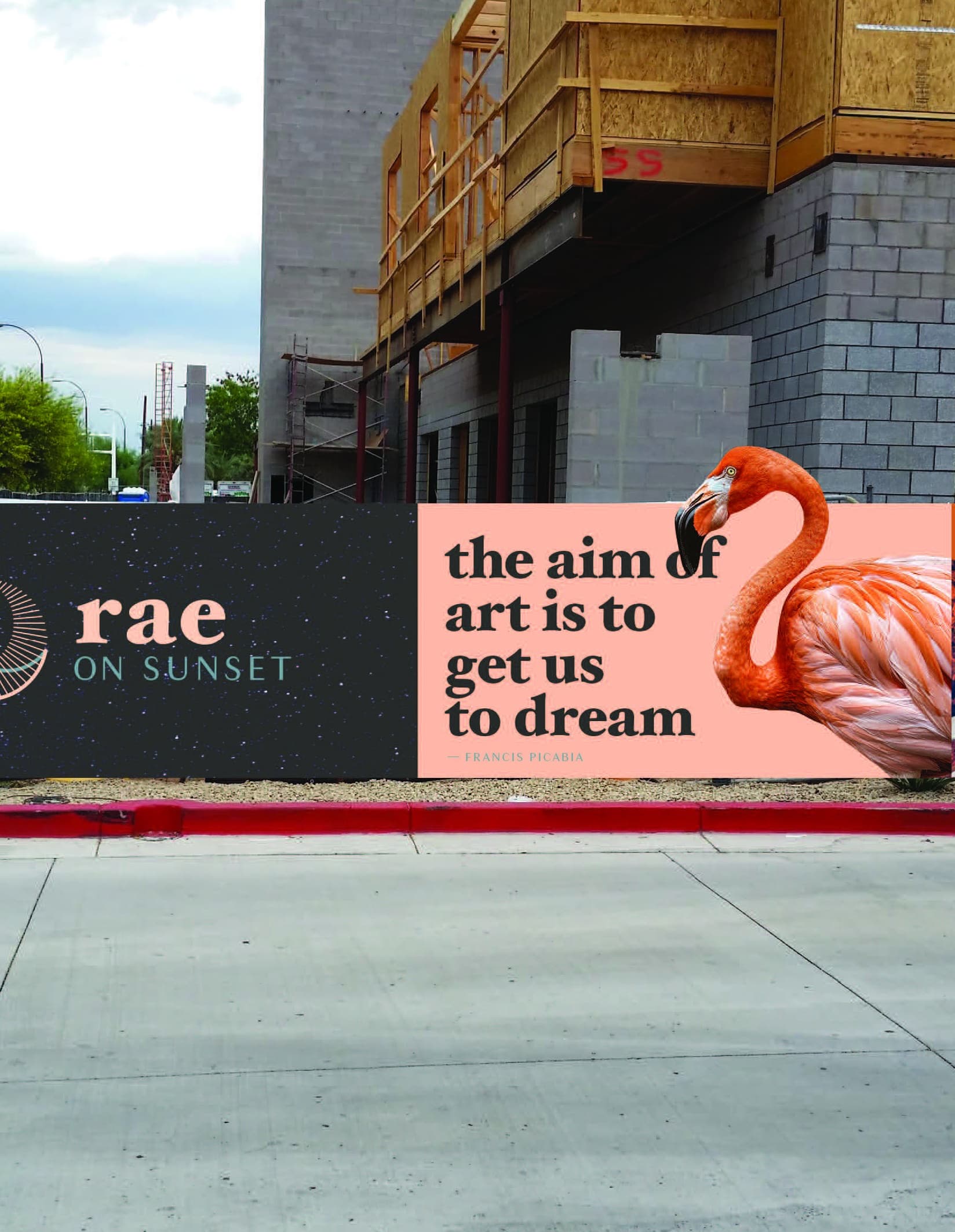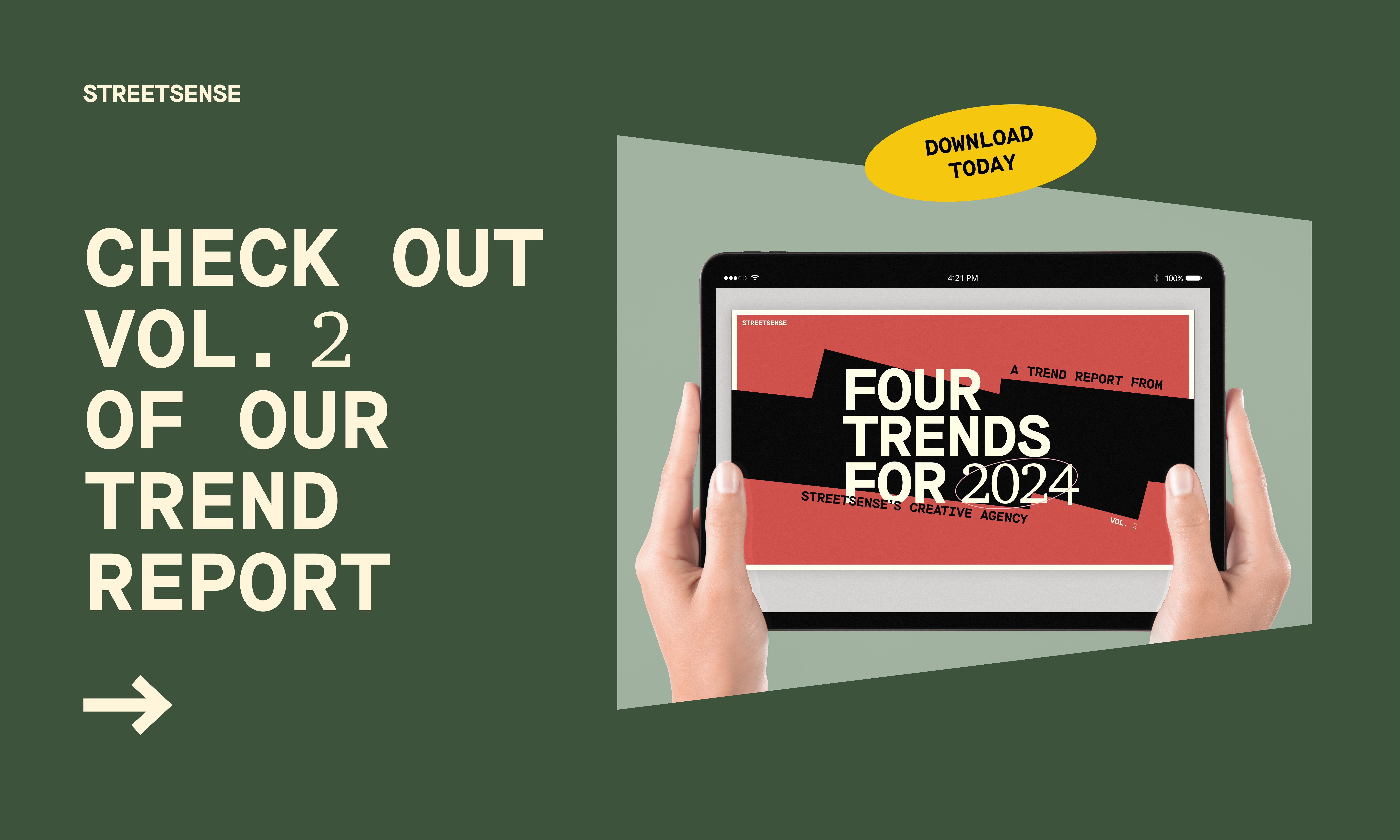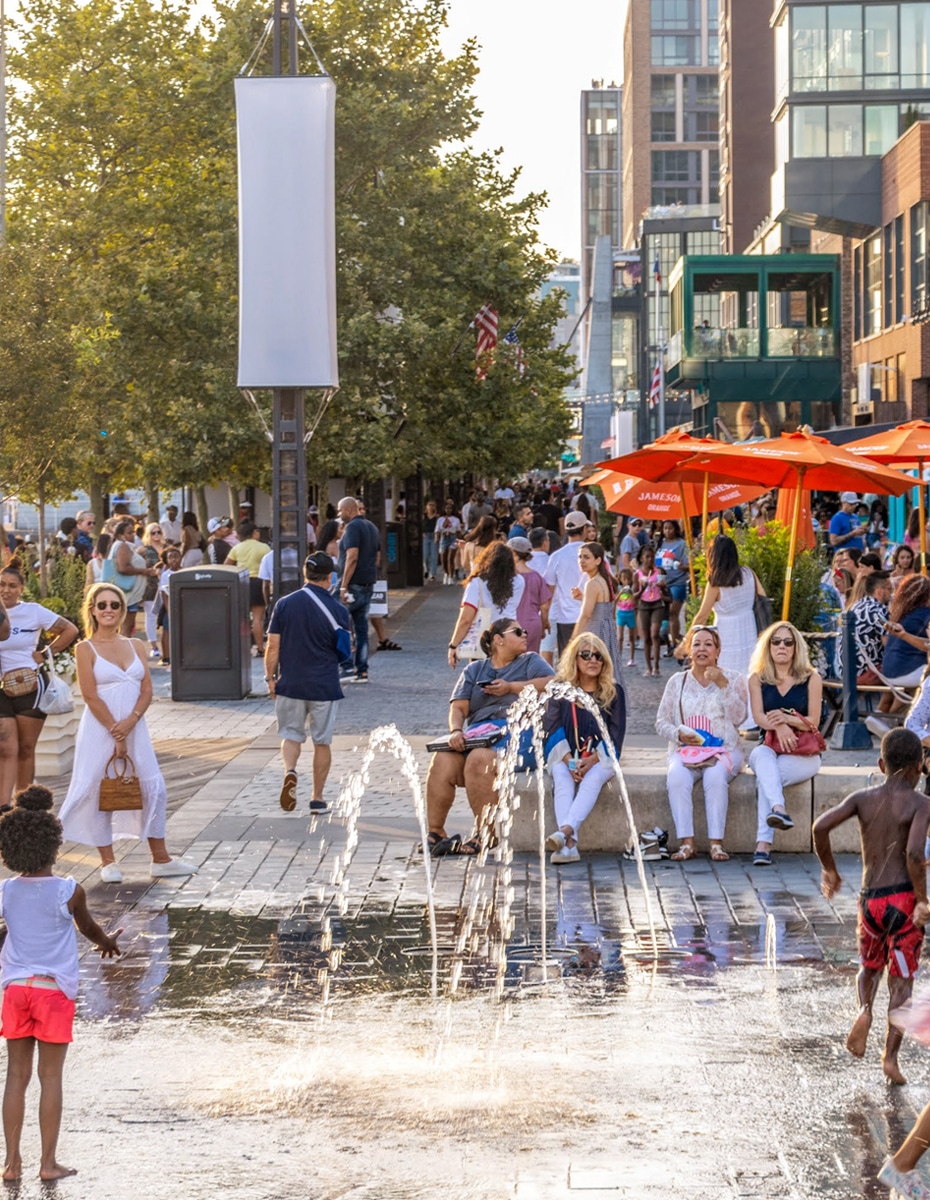From local restaurants and breweries to museums and cultural institutions, our downtowns and main streets often function as hubs of regional visitor economies–generating visitor traffic during annual celebrations, driving overnight visitor stays at local inns and hotels, and importing visitor spending at local businesses. In many rural regions, downtowns form an incredibly strong brand pillar that supports outdoor recreation and agricultural tourism destinations. From wine country Oregon to the Finger Lakes of New York, downtowns are becoming an undeniable force for regional tourism activity.

Case Study: Kent County DE Quaint Villages
When Streetsense led a brand repositioning for Kent County Deleware, stakeholder input from town hall sessions and online surveys found that it’s over twenty quaint villages were among the County’s most important tourism attributes. These downtowns are rich with character, charm, and history. Every town in the area has a little something for everyone, from delicious local eateries and eccentric boutiques to intricate museums. This regional strength informed a strategic repositioning of the area with a compelling new name —Delaware’s Quaint Villages —and tagline, “At Your Own Pace.” The refreshed brand, focused on the County’s downtowns, has resulted in a return of $47 for every marketing dollar invested and a 19% increase in accommodation tax collections and visitor parties across its twenty villages.
Despite the clear nexus between downtown main streets and regional tourism experiences, however, few downtown organizations are actively engaged or partnered with their regional destination management partners (including Convention Center & Visitor Bureaus, Regional Tourism Councils, and Destination Management Organizations) that have, for years, been branding and promoting each region within their own silo.
Tourism & Hospitality Toolkit for the Commonwealth of Massachusetts
In our latest toolkit for the Commonwealth of Massachusetts, the StreetsensePublic/Non-Profit Solutions group demystifies the world of tourism and hospitality so that downtown leaders can find ways to build new working relationships with regional destination management organizations and access resources within the hospitality industry, including with powerful cultural institutions, and agricultural, outdoor recreation partners across the State. In this resource, we break down the complex landscape of tourism and hospitality stakeholders that operate at national, state, and county levels, and discussed their mission and priorities, so that downtown leaders can confidently advocate for support and partnership. We also shared key steps that can be taken to bring tourism and hospitality partners to the table, identified regional tourism market opportunities and target audiences, and assessed the quality and conditions of existing tourism supply.
From developing regional trail/outdoor recreation networks to hotel developments,cross-marketing campaigns, and regional visitor itineraries, collaborations between downtown place management entities and regional destination management organizations can lead to reduced competition for funding and technical resources and, most importantly, mutually beneficial regional economic development growth.

Click here to read the Rapid Recovery Program Tourism & Hospitality Toolkit.
Contact the Public Non-Profit Team if your organization is looking to develop strategic destination plans that better connect your downtown to regional tourism assets and attractions.
BACK TO LATEST







